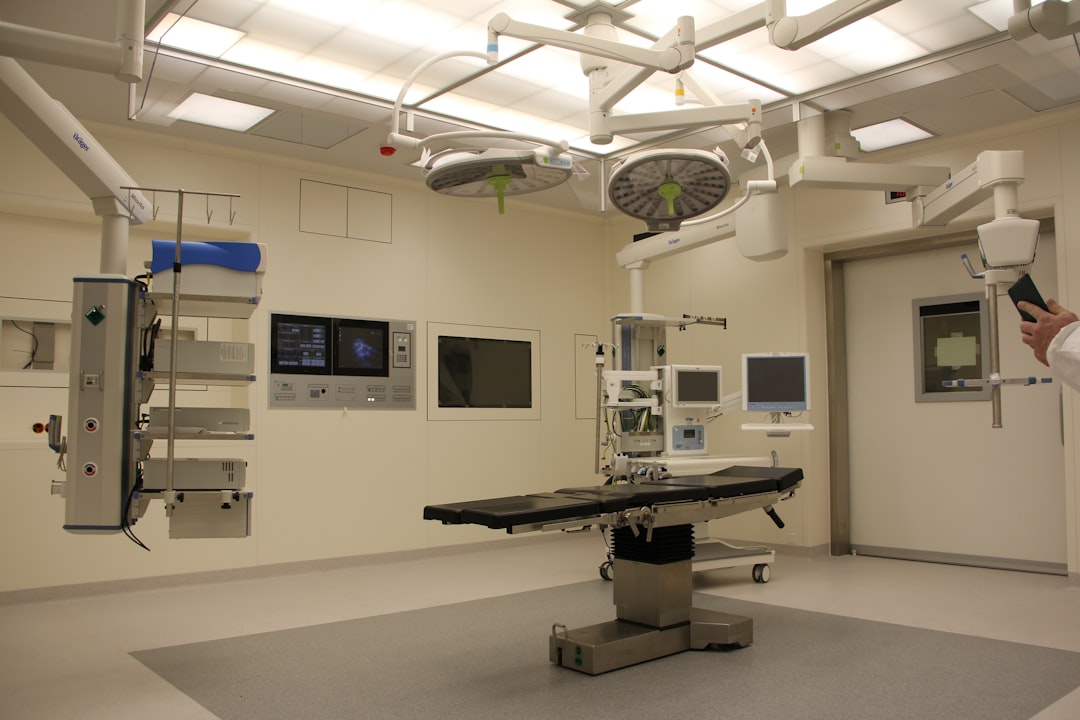What is it about?
Validated VTE risk assessment models may help physicians identify at-risk patients, but there are few reports of VTE risk assessment models developed for Asians and their validation. We developed a computerized clinical decision support system (CCDSS) for VTE risk assessment in 2008. However, the relationship between VTE level and VTE incidence in the CCDSS is unknown. This study aimed to evaluate this relationship.
Featured Image

Photo by jesse orrico on Unsplash
Why is it important?
The CCDSS may be an effective method for identifying patients at risk for VTE during hospitalization after THA or TKA. Appropriate VTE prophylaxis should be adhered to according to guidelines developed based on high-quality evidence and expert opinion. The CCDSS contains fewer VTE risk assessment factors than other existing scoring systems, reducing the burden on physicians and enabling appropriate VTE prophylaxis, hence potentially preventing prolonged hospitalization due to VTE. Finally, the CCDSS could be used to stratify THA or TKA patients according to the risk of VTE and provide the basis for a practical tool to improve adherence to VTE prophylaxis guidelines.
Perspectives
I hope that this article will even stimulate health care economics and prevention methods related to VTE in Asians. This is because VTE is a complication that affects not only surgical patients but also non-surgical patients. Above all, and above all, I hope you find this article thought provoking.
Akamine Akihiko
Gakko Hojin Kitasato Kenkyujo
Read the Original
This page is a summary of: Internal Validation of a Risk Scoring System for Venous Thromboembolism After Total hip or Knee Arthroplasty, Clinical and Applied Thrombosis/Hemostasis, January 2022, SAGE Publications,
DOI: 10.1177/10760296221103868.
You can read the full text:
Resources
Contributors
The following have contributed to this page










